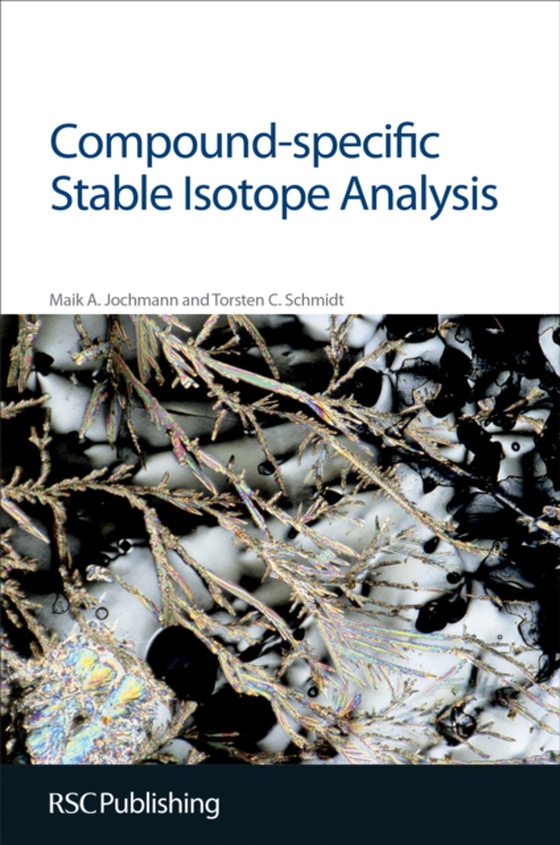
Compound-specific Stable Isotope Analysis e-bog
637,41 DKK
(ekskl. moms 509,93 DKK)
The use of Compound-specific Stable Isotope Analysis (CSIA) is increasing in many areas of science and technology for source allocation, authentication, and characterization of transformation reactions. Until now, there have been no textbooks available for students with an analytical chemical background or basic introductory books emphasising the instrumentation and theory. This book is the fir...
E-bog
637,41 DKK
Forlag
Royal Society of Chemistry
Udgivet
9 november 2015
Længde
376 sider
Genrer
Analytical chemistry
Sprog
English
Format
epub
Beskyttelse
LCP
ISBN
9781782626107
The use of Compound-specific Stable Isotope Analysis (CSIA) is increasing in many areas of science and technology for source allocation, authentication, and characterization of transformation reactions. Until now, there have been no textbooks available for students with an analytical chemical background or basic introductory books emphasising the instrumentation and theory. This book is the first to focus solely on stable isotope analysis of individual compounds in sometimes complex mixtures. It acts as both a lecture companion for students and a consultant for advanced scientists in fields including forensic and environmental science. The book starts with a brief history of the field before going on to explain stable isotopes from scratch. The different ways to express isotope abundances are introduced together with isotope effects and isotopic fractionation. A detailed account of the required technical equipment and general procedures for CSIA is provided. This includes sections on derivatization and the use of microextraction techniques in GC-IRMS. The very important topic of referencing and calibration in CSIA is clearly described. This differs from approaches used in quantitative analysis and is often difficult for the newcomer to comprehend. Examples of successful applications of CSIA in food authenticity, forensics, archaeology, doping control, environmental science, and extraterrestrial materials are included. Applications in isotope data treatment and presentation are also discussed and emphasis is placed on the general conclusions that can be drawn from the uses of CSIA. Further instrumental developments in the field are highlighted and selected experiments are introduced that may act as a basis for a short practical course at graduate level.
 Dansk
Dansk

